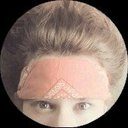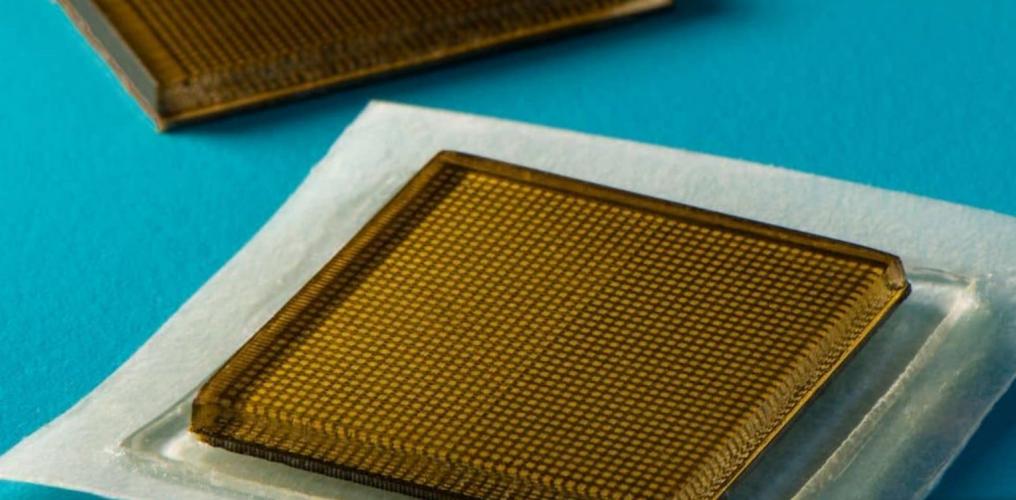
A wonderful band-aid.
#echography
#science
#invention
#blogpost
Medical researcher Xuanhe Zhao almost jumped a hole in the air when, together with his design team, he finally managed to create an effective ultrasound device. It is no larger than a stamp and it sticks sufficiently to the human.
Once on it, you could just see through the skin of a human being.
Wherever you put it, it immediately shows an image of the organ that is present underneath it.
“A new era of wearable imaging is now unlocked,” says a colleague. From the inner pleasure he has about it, his face turns a little rosette and his eyes shine like green apal stones.
Normally, before an ultrasound, you must first apply a liquid gel to a patient's skin. After that, an ultrasound head or tranducer is placed on your body.
The echo head then emits sound waves. These are reflected back by the organ in your body. These echo signals are then converted into an image.
With the old method, the gel dries out after a while. Then you won't see anything at all.
It is also difficult, even with a robotic arm, to keep the transducer in the desired position for a long time
With the miniscule patch, this problem is solved.
A lot of couples know the former device. Full of anticipation, with a big belly, they look at their cute tiny fetus on the screen.
The newly developed patch sticks to the skin thanks to two thin layers of elastomer that surrounds a middle layer of solid hydrogel. It is a largely water-based material that allows the sound waves to pass through easily. In contrast to the former gel, the latter developed is elastic and stretchy.
The elastomer ensures, as you probably suspect, that the hydrogel does not dry out.
The bottom layer sticks to the skin. While the upper one attaches to tiny transducers.
The ultrasonic small emergency is about two square centimeters in diameter and three millimeters thick. Almost the same as a stamp. In addition, it can deliver clear images of inner organs for 48 hours.
The thing also sticks like the best.
Volunteers did various activities such as sitting, standing, jogging, cycling and even lifting weights.
While the researchers observed their large blood vessels, heart, lungs and stomach.
At the moment, the device still has a nuisance. It still needs to be connected to a device with wires that translates the sound waves into images.
Work is being done to transmit these images wirelessly.
Then the patches can even go home.
“We imagine a number of patches that can be applied to different places on the body,” says Zhao, “We will make sure that they can communicate with mobile phones. In addition, certain smart algorithms are incorporated to be able to analyze the images on request.
It's a huge step forward. A device that offers many new possibilities”
“This is how it can also be used by consumers,” his colleague jumps in, “They can then buy them to look at their muscles or also their internal organs, for example. This mainly benefits from sports training”
“Not to forget the detection of tumors,” Zhao continues”
“And of course also the development of the unborn fetus in the womb,” Pnon ends.
“Yes Zhao concludes, it's a real breakthrough”
His eyes also sparkle extra.
“It is feather-light and therefore easy to move and it is a great way to call up medical imaging”
.
- Comments (43)
- Recommended
- Milestones







































Here are your recommended items...
Here are your milestones...




